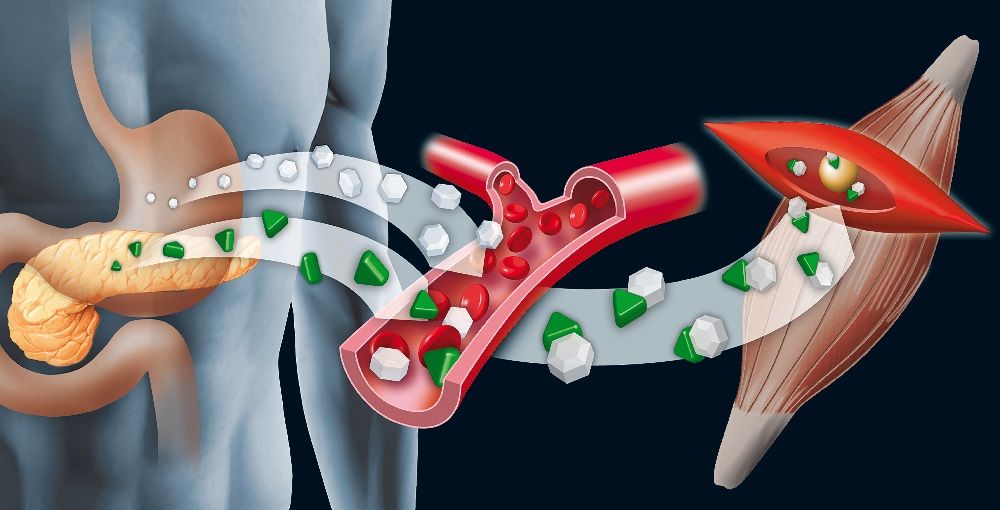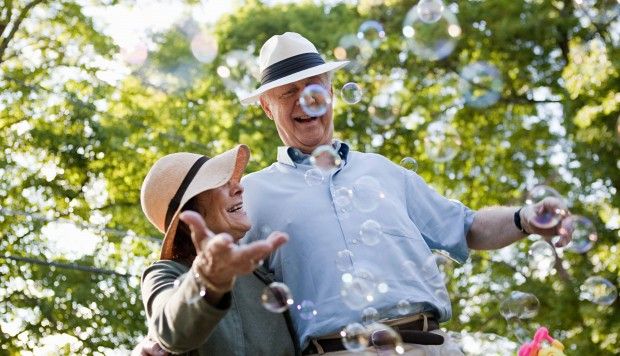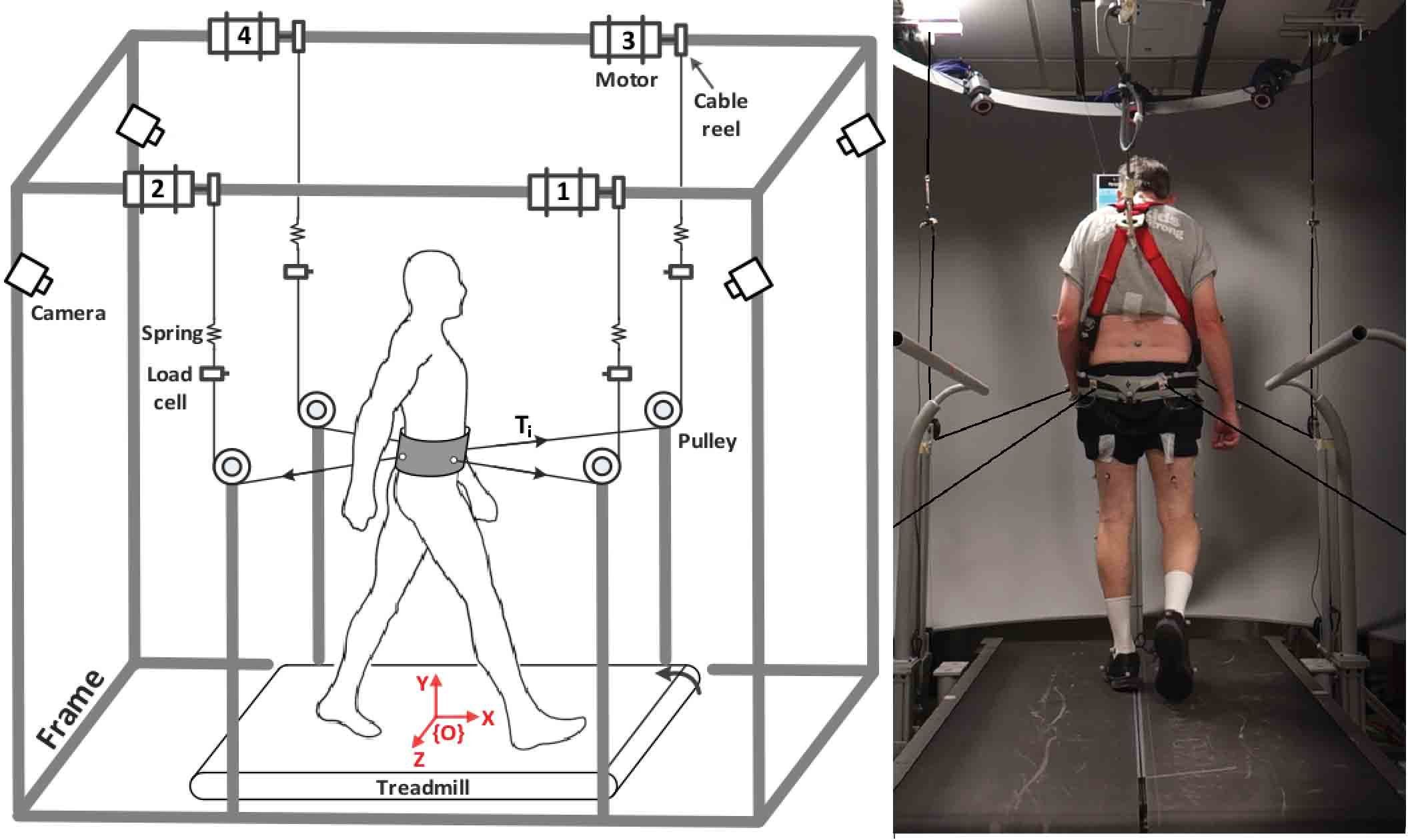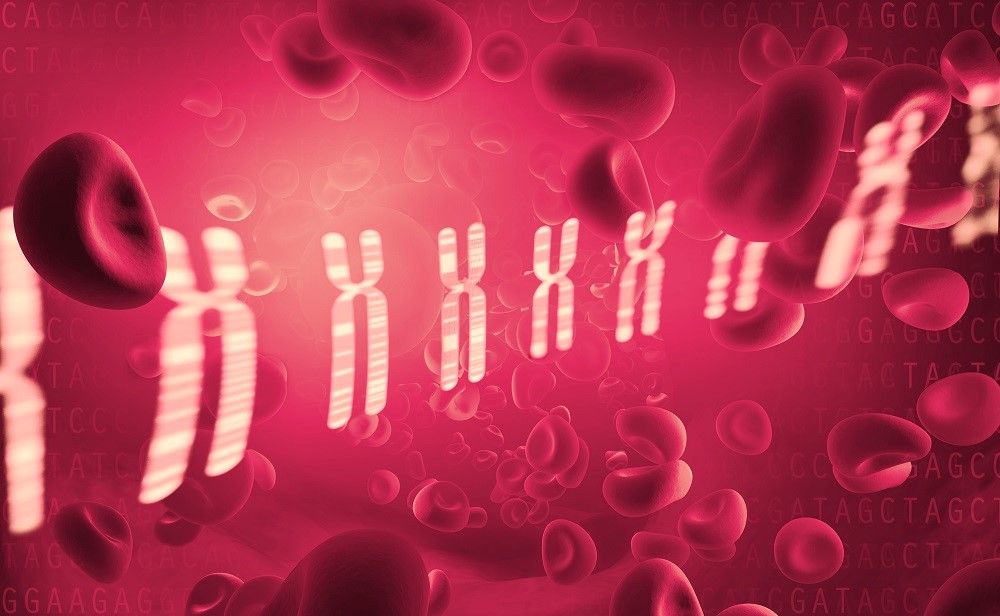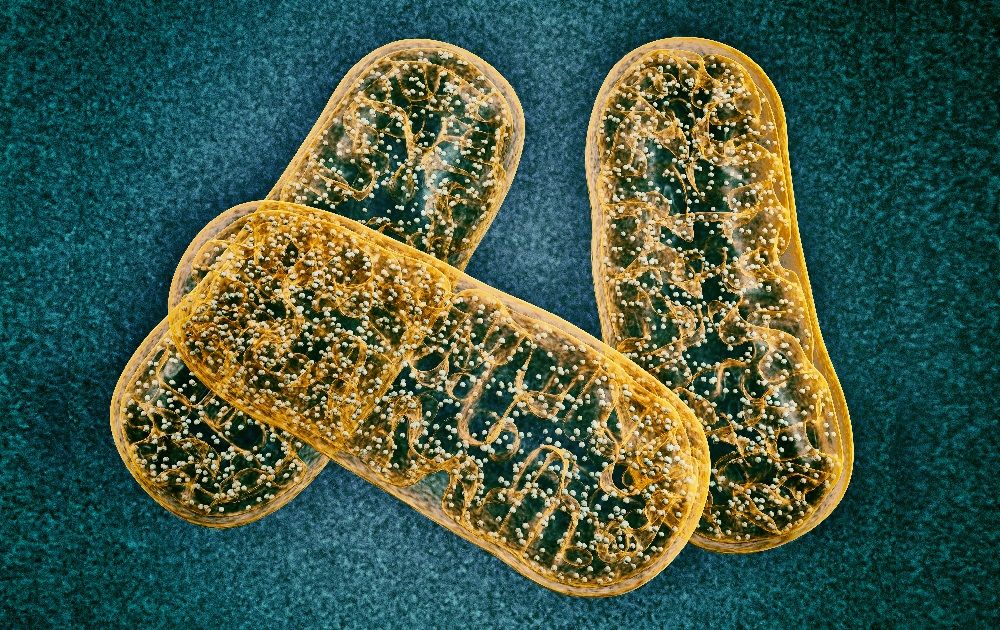The end of the year is approaching, and as we prepare for the celebrations for the new year, what could be better than sitting down with a warm drink and recapping 2017 in the world of rejuvenation biotechnology?
Winter kick-off
This year has been pretty intense, with a lot going on both at LEAF and in the rest of the community. January saw the launch of the LEAF website, shortly followed by both the Lifeboat Foundation and Trust me – I’m a biologist partnering with us. Given that it’s been only a year, we’re amazed at how enthusiastic and supportive the community has been—and how fast it has grown, with nearly 30,000 Facebook followers late in December! We’re also very grateful to our friends at Fight Aging! for their encouragement, support, and appreciation for our work, including honoring us by featuring it on their website!
